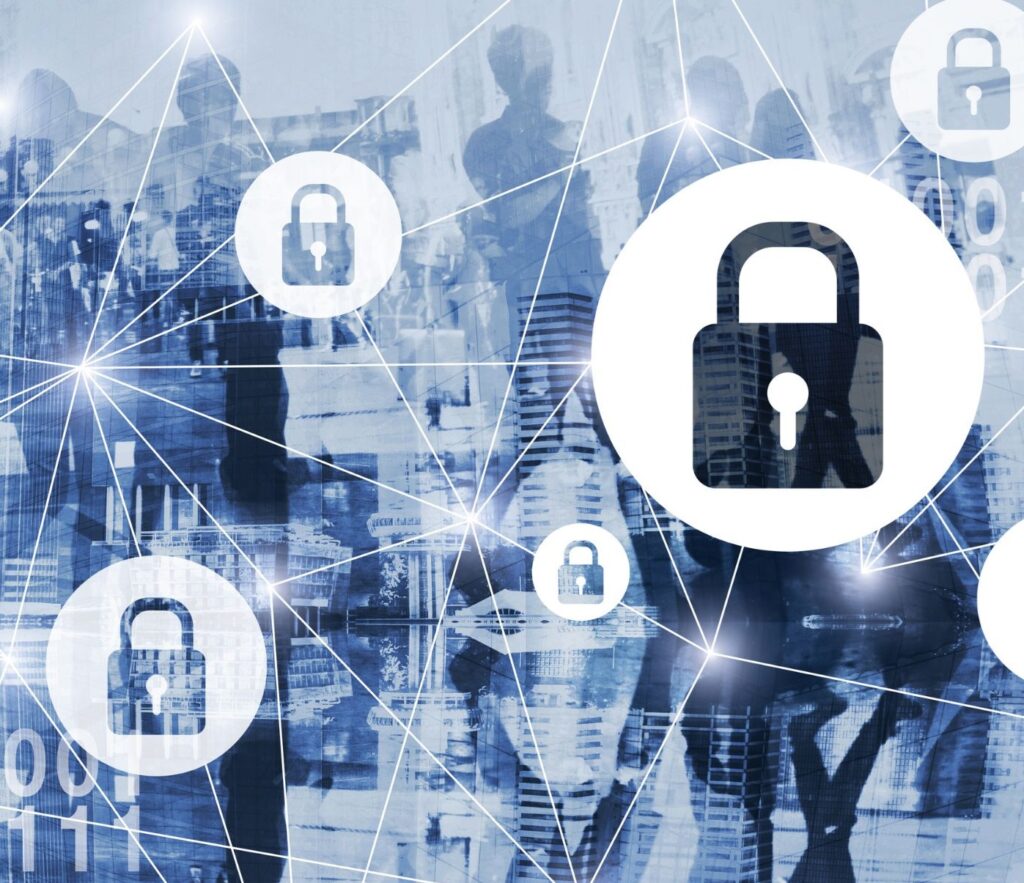Today’s cyber security landscape is dynamic and challenging. Businesses and individual users face new threats every day that are evolving faster than ever before. From ransomware to advanced attacks on critical infrastructure, these threats require effective defense strategies. In this article, we’ll focus on discussing the latest cyber threats and methods to help secure valuable assets. IT security: the latest threats.
Table of Contents:
- Introduction to Cyber Threats
- Ransomware: What it is and how to defend yourself
- Phishing and Social Engineering
- IoT and mobile device threats
- Securing IT infrastructure
- Implementing an effective security policy
- Frequently asked questions
Introduction to Cyber Threats
Cyber security is not just protection against malware or hackers. It’s comprehensive protection for all aspects of an organization’s data processing. In the age of digitization, when every organization, regardless of size, depends on information systems, understanding and applying appropriate security measures becomes crucial.
Ransomware: What it is and how to defend yourself
How to recognize a ransomware attack
Ransomware is a type of malware that encrypts data on an infected device and demands a ransom to unlock it. In fact, recognition of such an attack often comes too late, when the files have already been encrypted. Typical warning signs include unexpected error messages when opening files and files with strange extensions.
Methods of defense against ransomware
Effective defense against ransomware includes regularly backing up data, keeping software up-to-date and using advanced antivirus solutions. It is also important to follow safe Internet browsing practices and not open attachments from unknown senders.

Phishing and Social Engineering
Recognizing phishing attacks
Phishing involves phishing for sensitive information, such as login credentials or credit card numbers, through fake emails or websites. In fact, recognizing a phishing attack requires paying attention to unusual URLs, spelling errors in messages and improper formatting.
Defense strategies
IoT and mobile device threats
IoT device security
The Internet of Things (IoT) poses a security challenge because every connected device can be a potential attack vector. Protecting IoT devices requires strong encryption protocols, regular software updates and network segregation.
Securing mobile devices
Mobile devices are often the target of attacks due to their ubiquity and mobility. In practice, to secure them, use antivirus software, keep operating systems and applications up to date, and avoid connecting to untrusted Wi-Fi networks.
Securing IT infrastructure
Protection of servers and databases
Servers and databases contain valuable information for the company and are often targets of cyber attacks. In addition, protection of these resources includes the use of advanced firewall solutions, data encryption and regular security audits.
Access management
Limiting access to key IT resources to the minimum necessary is a fundamental step in securing infrastructure. Access control systems, both physical and digital, must be configured so that only authorized individuals have access to sensitive data and systems.
Implementing an effective security policy
Training for employees
Employee education and awareness are as important as the technical aspects of security. Regular cybersecurity training can significantly reduce the risk of incidents.
Regular security audits
Security audits identify and address security vulnerabilities before an incident occurs. They should be conducted regularly and cover all aspects of the IT infrastructure.
Frequently asked questions
1. how often should security audits be conducted?
Audits should be conducted at least once a year or more frequently, depending on the level of risk and the dynamics of change in the IT infrastructure.
2 What are the best practices to protect against ransomware?
Best practices include regular backups, software updates, use of anti-virus solutions and user education.
3. is a VPN effective in protecting against cyber attacks?
A VPN can enhance security by encrypting Internet traffic, but it is not a one-size-fits-all solution and should be used as part of a broader security strategy.


